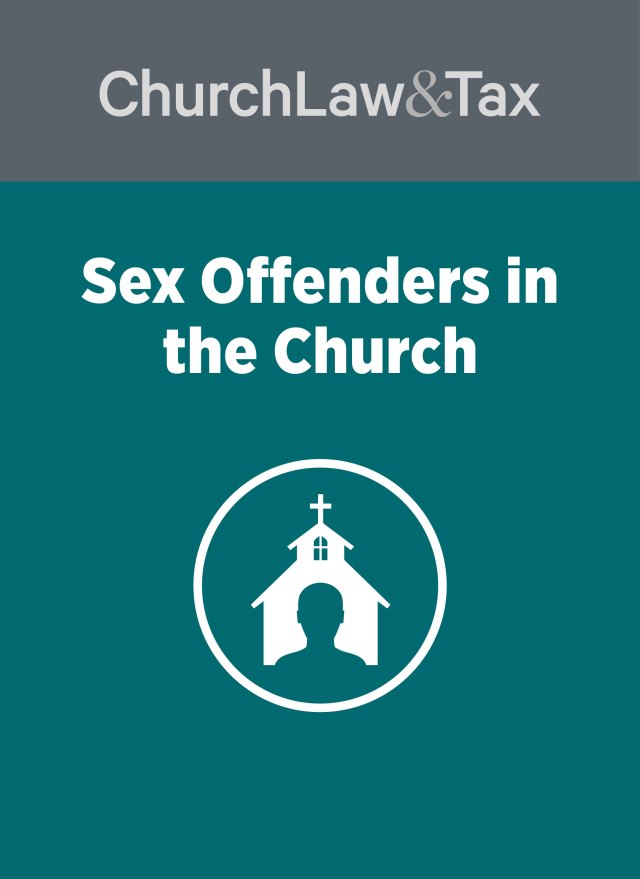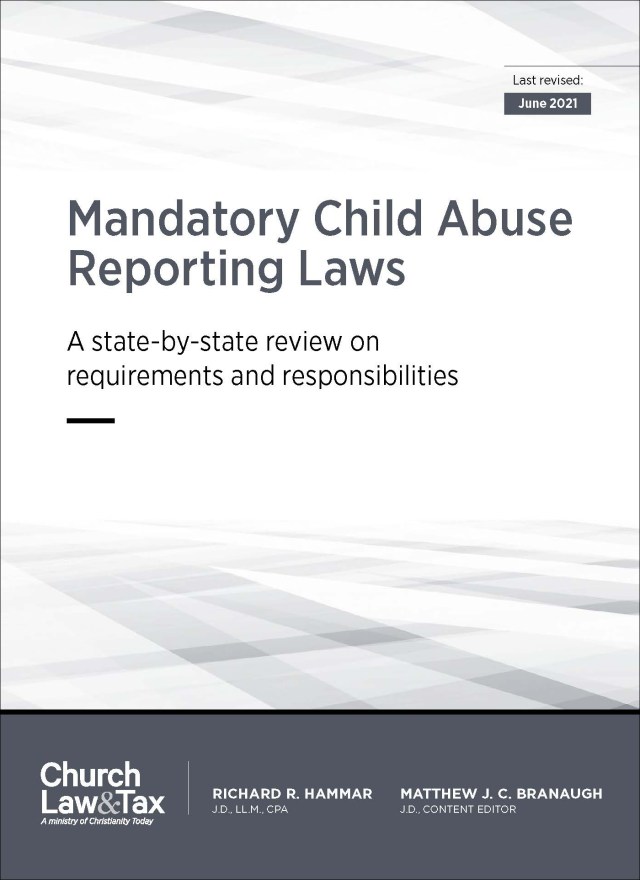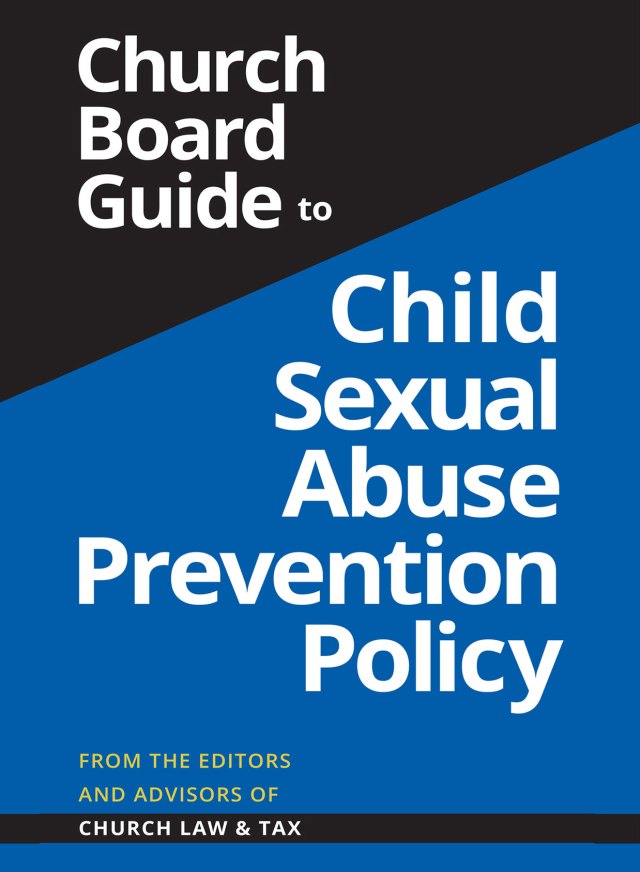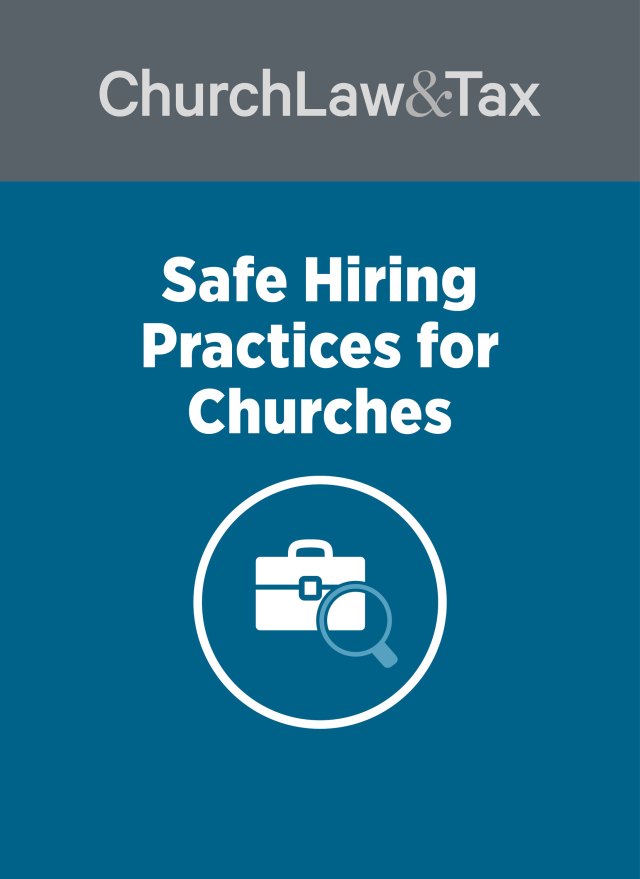• Key point. Churches cannot be responsible on the basis of negligent hiring for the sexual misconduct of a youth worker if they exercised reasonable care in conducting a background investigation of the worker at the time of hire.
A New York court ruled that the failure by a public school principal to perform a background check on a volunteer worker did not make the school liable, on the basis of negligent hiring, for the volunteer’s sexual molestation of a minor. While this case addressed the liability of a public school, the court’s decision is of direct relevance to churches and other charities. A public school principal allowed a professional artist to work with a fifth grade class during a special art project. The artist was a friend and neighbor of the fifth grade teacher, and the principal based his decision to use the artist on the teacher’s recommendation and on his own personal interview with him. The principal did not do a background check, since the school had no policy for conducting such checks on volunteer workers. After this art project was completed, the teacher assigned one of her students (the “victim”) to interview the artist for a homeroom newspaper project. The victim met with the artist at school, and at the artist’s office. A few weeks later, the victim (with his mother’s permission) was picked up at school by the artist, and taken to his apartment where he was sexually molested. Over the next several weeks, the artist asked the victim’s mother for permission to take the victim out to stores or movies after school. The mother trusted the artist because he was someone from the school, and her own son had not yet revealed to her the acts of molestation. The victim went out with the artist nearly 30 times. On each occasion the artist brought the victim to his apartment and molested him. The victim not tell his mother that these outings involved a trip to the artist’s apartment, or that any inappropriate conduct occurred. The victim’s teacher was aware of the out-of-school friendship between the victim and the artist, but believed that it had a “positive effect” on the boy.
About a year later, the artist was arrested for molesting another child. At this time, the victim’s mother learned that her son had been molested too. The victim and his mother sued the school board, claiming that it was responsible for the victim’s injuries on the basis of respondeat superior and negligent hiring.
Respondeat Superior
Under the respondeat superior doctrine, an employer is legally responsible for the conduct of its employees committed within the scope of their employment. The court noted that the school board could not be liable on this basis, for the following reasons: (1) the artist’s volunteer duties had ended by the time he began molesting the victim; (2) the artist’s acts of sexual molestation were outside the scope of his volunteer work at the school; and (3) the artist’s acts of molestation occurred after school hours and off of school property.
Negligent Recommendation
The victim claimed that the school was liable for the teacher’s “negligent encouragement” of the after-school relationship between the victim and the artist, since this encouragement facilitated the acts of molestation. The court rejected this argument, noting that “the mere recommendation of a person for potential employment is not a proper basis for asserting a claim of negligence where another party is responsible for the actual hiring.” The court added that “vague allegations that the teachers encouraged [the victim’s] personal relationship with [the artist] do not suffice to impose liability on the board, as it would not have been foreseeable to the teachers that [the artist] would harm [the victim].”
Negligent Hiring
The court also rejected the victim’s claim that the school board was responsible for his injuries on the basis of negligent hiring. The court observed:
Whether or not the principal should have been more thorough in checking [the artist’s] background, his actions do not support a claim of negligent hiring because a routine background check would not have revealed his propensity to molest minors. [The victim] points to nothing which would have been revealed by checking [the artist’s] criminal history. Having interviewed [him] and having obtained a reference from [the victim’s] teacher, the principal had no duty to investigate further, in the absence of facts which would lead a reasonably prudent person to suspect the prospective volunteer of dangerous propensities ….
It is [the victim’s] obligation to show that the allegedly negligent hiring was the cause of his injuries. Here, though it happened that the victim first met the artist through the school, the victim’s personal encounters with his abuser were not set up through school channels, and occurred in the artist’s apartment after his volunteer work at the school had ceased. Accordingly [the school board] cannot be liable because any [connection] between the artist’s volunteer activities at the school and his assault upon the victim was severed by time, distance and the artist’s intervening independent actions.
Application. This case is significant for the following reasons:
(1) Respondeat superior. The court rejected the respondeat superior doctrine as a basis of liability against the school, since the artist’s volunteer duties had ended by the time he began molesting the victim, the artist’s acts of sexual molestation were outside the scope of his volunteer work at the school, and the artist’s acts of molestation occurred after school hours and off of school property. This conclusion will be relevant to any church that is sued as a result of the molestation of a minor by a former volunteer youth worker, or a current volunteer worker whose acts of molestation all occur off of church property and unrelated to any official church program or activity.
(2) Negligent recommendations. The court ruled that the teacher was not liable on the basis of her “negligent recommendation” of the artist as a school volunteer, since “the mere recommendation of a person for potential employment is not a proper basis for asserting a claim of negligence where another party is responsible for the actual hiring.” Further, the church could not be liable for the teacher’s recommendations if the teacher was not. This conclusion will be a useful precedent for churches. In recent years, references and recommendations have become more common as churches and other employers seek to reduce the risk of negligent hiring. It is common for church employees to be asked for recommendations on a prospective worker. According to this court, an employee who recommends a person for employment (as an employee or volunteer) is not legally responsible for that person’s acts of sexual misconduct-assuming that the employee had no reason to believe that the person might engage in such behavior.
(3) Negligent hiring. The court rejected the victim’s claim that the church was responsible for his injuries on the basis of negligent hiring of the artist. In reaching this conclusion, the court relied on two important facts. First, the principal obtained a favorable reference from the fifth grade teacher (who was the artist’s friend and neighbor), and personally interviewed the artist. The court concluded that under these facts the principal “had no duty to investigate further,” assuming he had no other information suggesting that the artist had dangerous propensities. Second, the court noted that a criminal records check would not have accomplished anything, since the artist had no criminal record. Churches that are sued on the basis of negligent hiring may find this case a useful precedent.
(4) Warning signs. While church leaders and parents should not become paranoid, the facts of this case demonstrate the potential risks to a young child who is “befriended” by an adult. When an adult begins spending an excessive amount of time with a child, and takes the child to movies or other social events, or to his or her residence, this should be a cause of concern for any parent. Koran I. v. New York City Board of Education, 683 N.Y.S.2d 228 (A.D. 1998). [Negligence as a Basis for Liability]
© Copyright 1999 by Church Law & Tax Report. All rights reserved. This publication is designed to provide accurate and authoritative information in regard to the subject matter covered. It is provided with the understanding that the publisher is not engaged in rendering legal, accounting, or other professional service. If legal advice or other expert assistance is required, the services of a competent professional person should be sought. Church Law & Tax Report, PO Box 1098, Matthews, NC 28106. Reference Code: m65 m67 c0499




